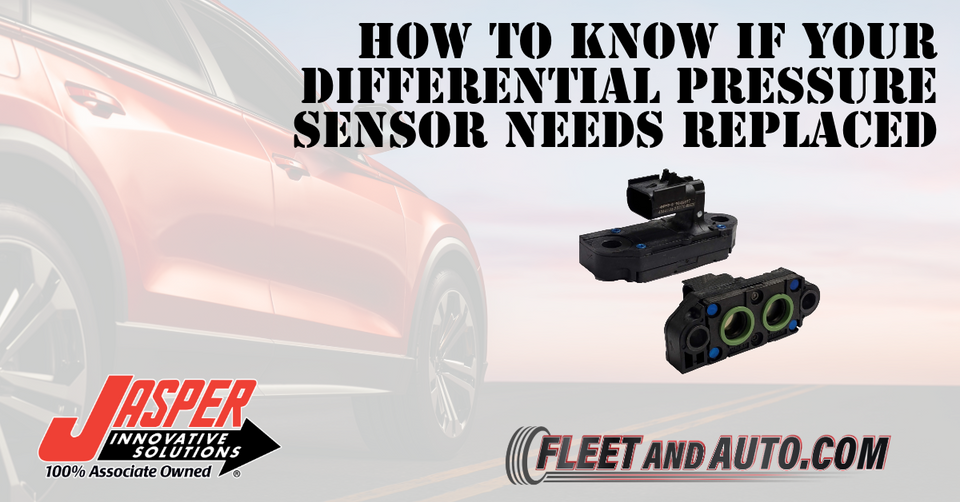How to know if your Differential Pressure Sensor needs replaced.
For optimal vehicle performance, understanding how to test for a bad differential pressure sensor is crucial. A faulty differential pressure sensor, especially the differential pressure sensor DPF, can lead to poor engine efficiency and heightened emissions. With this guide, you’ll learn how to diagnose issues with your DPF pressure sensor and ensure your vehicle's systems run smoothly. Whether you're a seasoned mechanic or a DIY enthusiast, our detailed instructions will empower you to confidently tackle the testing process. Dive into the specifics of differential pressure feedback sensors and maintain your vehicle’s top performance with PEX automotive differential pressure sensors available at fleetandauto.com.
Understanding Differential Pressure Sensors
Differential pressure sensors are integral to vehicle systems. They measure pressure differences, ensuring optimal performance across exhaust, fuel, and HVAC systems. When a differential pressure sensor malfunctions, drivers may notice decreased engine performance, unusual noises, or dashboard warnings. Issues like irregular acceleration, increased fuel consumption, or erratic idling might arise, indicating the differential pressure sensor DPF may be failing to provide accurate data. Promptly addressing these symptoms is vital for preventing broader complications and costly repairs.
Step-by-Step Testing Process
Testing your differential pressure sensor, particularly the DPF pressure sensor, is essential for maintaining vehicle efficiency. Begin by gathering tools such as a multimeter, a socket set, and potentially a vacuum pump. A clean workspace and your vehicle's diagnostic manual are indispensable. Start by disconnecting the differential pressure sensor from the electrical connector. Use your multimeter to measure voltage with the ignition on but the engine off and compare it to specifications in the manual. Switching to resistance tests can indicate faults if readings deviate from expected ranges. Regular testing of your differential pressure feedback sensor can help prevent further issues.
Troubleshooting and Solutions
Contamination or extreme conditions can affect sensor accuracy. Check electrical connections for damage and ensure all are secure. Cleaning the sensor and its ports can improve readings. If issues persist, replacing the differential pressure sensor DPF may be necessary. Opt for sensors that meet your application’s requirements to avoid complications. Preventive maintenance, like protecting sensors from harsh environments and installing high-quality filters, can extend their lifespan. Explore PEX automotive differential pressure sensors at fleetandauto.com for reliable solutions.
Explore Fleetandauto.com for your auto or fleet vehicle needs including: Ram Promaster, Metris, Ford Transit, International, Peterbilt, Ottawa Spotter, Chevy Express, Mack Truck, and Freightliner.

